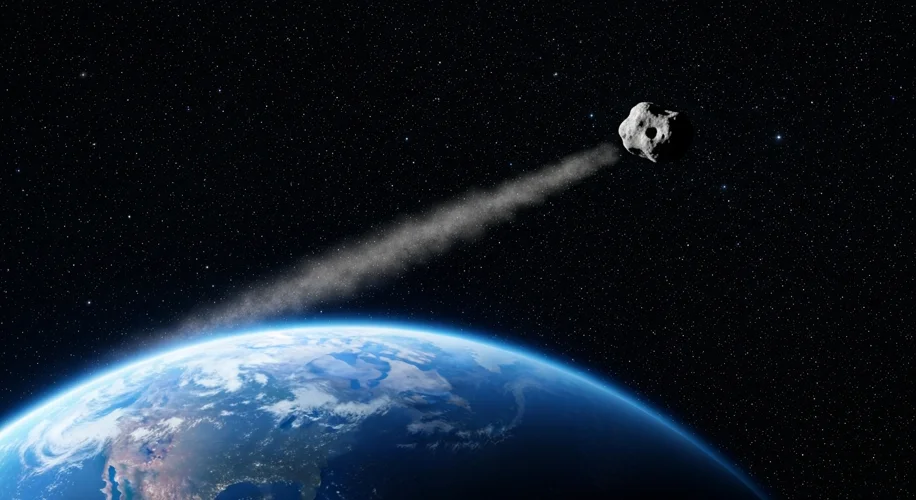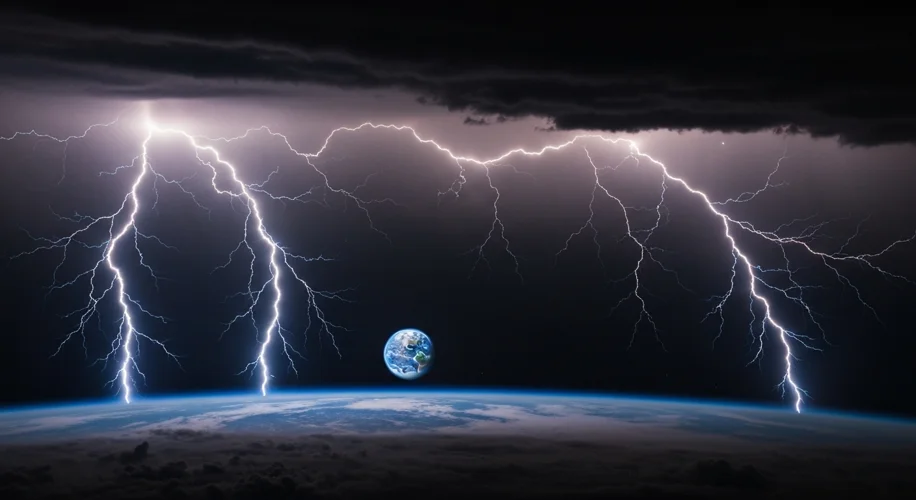Imagine the night sky, a canvas dusted with the familiar shimmer of stars and the comforting glow of our Moon. For millennia, humanity has looked up, charting the predictable dance of celestial bodies. But what if there were other, more elusive partners in this cosmic ballet, objects that briefly shared our planet’s gravitational embrace before embarking on their own solitary journeys?
On the evening of September 12, 2025, astronomers announced a discovery that has sent ripples of excitement through the scientific community: a quasi-moon, designated 2023 FW13, has been orbiting Earth for approximately 60 years. This isn’t the first time such an object has been found, but each discovery offers a tantalizing glimpse into the dynamic and often surprising nature of our solar system.

A Celestial Dance of Capture and Release
Quasi-moons, also known as quasi-satellites, are not true satellites in the way our familiar Moon is. Instead, they are asteroids that enter a complex orbital resonance with Earth. Their orbits are highly unstable, and while they may appear to orbit our planet for decades, even centuries, they are ultimately bound more closely to the Sun. Their path around Earth is more of a gravitational dance, a sort of temporary capture, rather than a stable, long-term companionship.
This peculiar orbital behavior is a result of a delicate gravitational interplay. A quasi-moon’s orbit around the Sun is similar in size and shape to Earth’s, but with slight differences. As it approaches Earth, our planet’s gravity can slow it down, making it appear to orbit us. However, the Sun’s gravitational pull remains the dominant force, eventually tugging the asteroid away from Earth’s influence, only for it to potentially be recaptured by our planet’s gravity at a later time.
Echoes from the Past, Glimpses of the Future
The concept of objects temporarily caught in Earth’s gravitational field isn’t entirely new. Ancient civilizations, with their keen observation of the night sky, may have noted these transient celestial visitors, though their understanding of orbital mechanics was vastly different from our own. Early astronomers, long before the advent of powerful telescopes, relied on naked-eye observations and sophisticated mathematical models to predict celestial movements.
While 2023 FW13 has only been recognized for a few years, its discovery highlights a recurring theme in astronomy: the universe is teeming with objects in constant motion, their paths dictated by intricate gravitational forces. The first recognized quasi-moon, 3753 Cruithne, was discovered in 1986 and captured public imagination due to its complex orbital resonance with Earth, which causes it to perform a sort of horseshoe orbit around our planet.
Another notable quasi-moon is 2016 HO3, discovered in 2016. This small asteroid, measuring about 120 meters in diameter, has been Earth’s quasi-satellite for about 100 years and is expected to remain so for the next several centuries. Its orbit is so closely aligned with Earth’s that it is nudged between leading and trailing our planet, effectively tethered to us.
The Significance of 2023 FW13
The discovery of 2023 FW13 is particularly significant because of its extended period of quasi-satellite status, estimated at 60 years. This longer duration allows scientists to study its orbital dynamics and interaction with Earth’s gravity in unprecedented detail. It provides valuable data for refining our understanding of how Earth’s gravity influences near-Earth objects and the potential for temporary captures.
These discoveries are not just academic curiosities. They have practical implications for planetary defense. By understanding the orbital behavior of such objects, we can better predict their trajectories and assess any potential risks they might pose to Earth. Quasi-moons, while generally small and not an immediate threat, represent a class of near-Earth objects that require careful monitoring.
Furthermore, the study of quasi-moons can provide insights into the early solar system, when gravitational interactions were more chaotic and objects were frequently captured and ejected from planetary orbits. They are like celestial time capsules, offering clues about the chaotic ballet that shaped our planetary neighborhood.
As we continue to explore the cosmos, each new discovery, like that of 2023 FW13, reminds us that our understanding of the universe is constantly evolving. Our Moon may be our constant companion, but Earth has a history of embracing other, fleeting friends in the vast expanse of space. The story of quasi-moons is a testament to the dynamic, ever-changing nature of the cosmos and our unceasing quest to understand our place within it.

